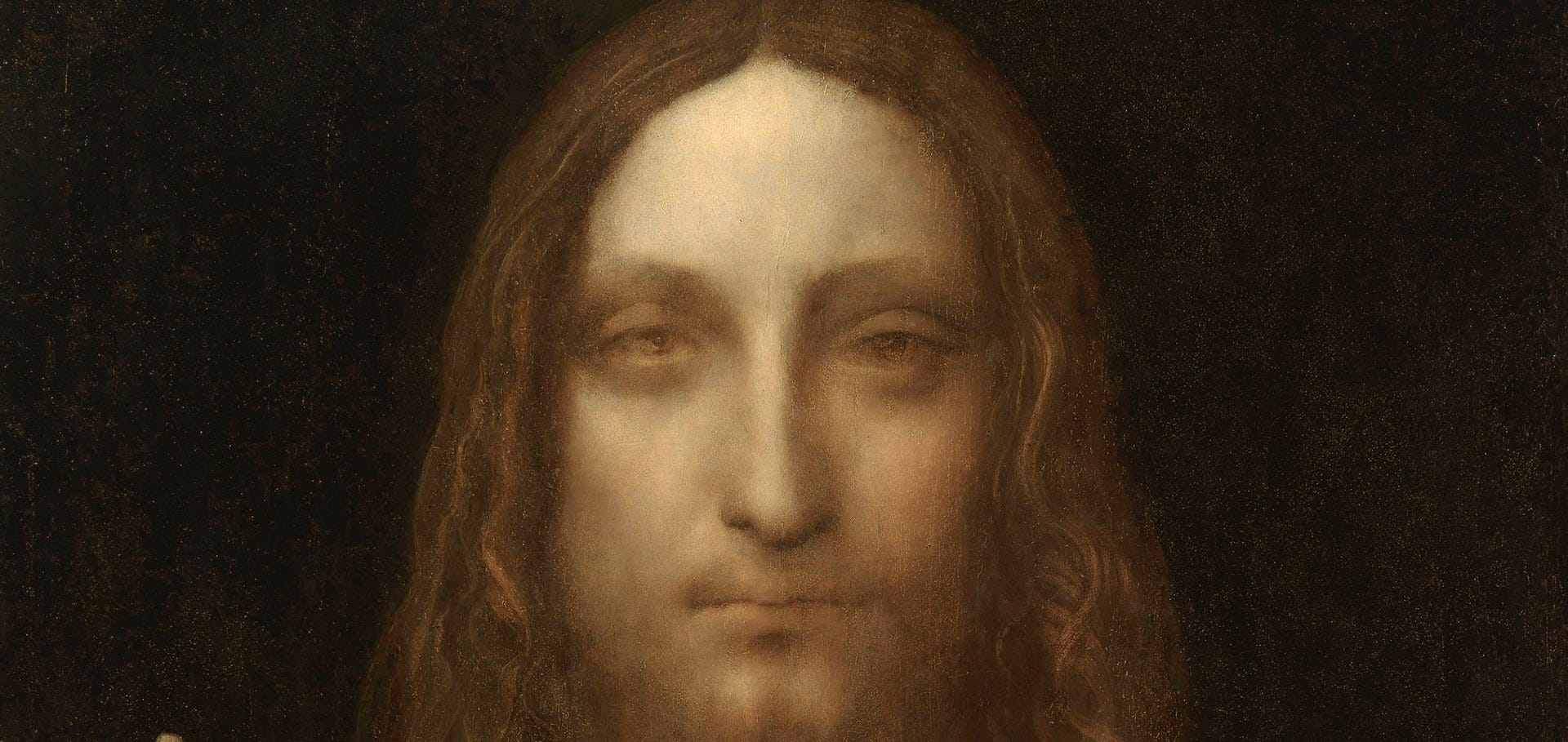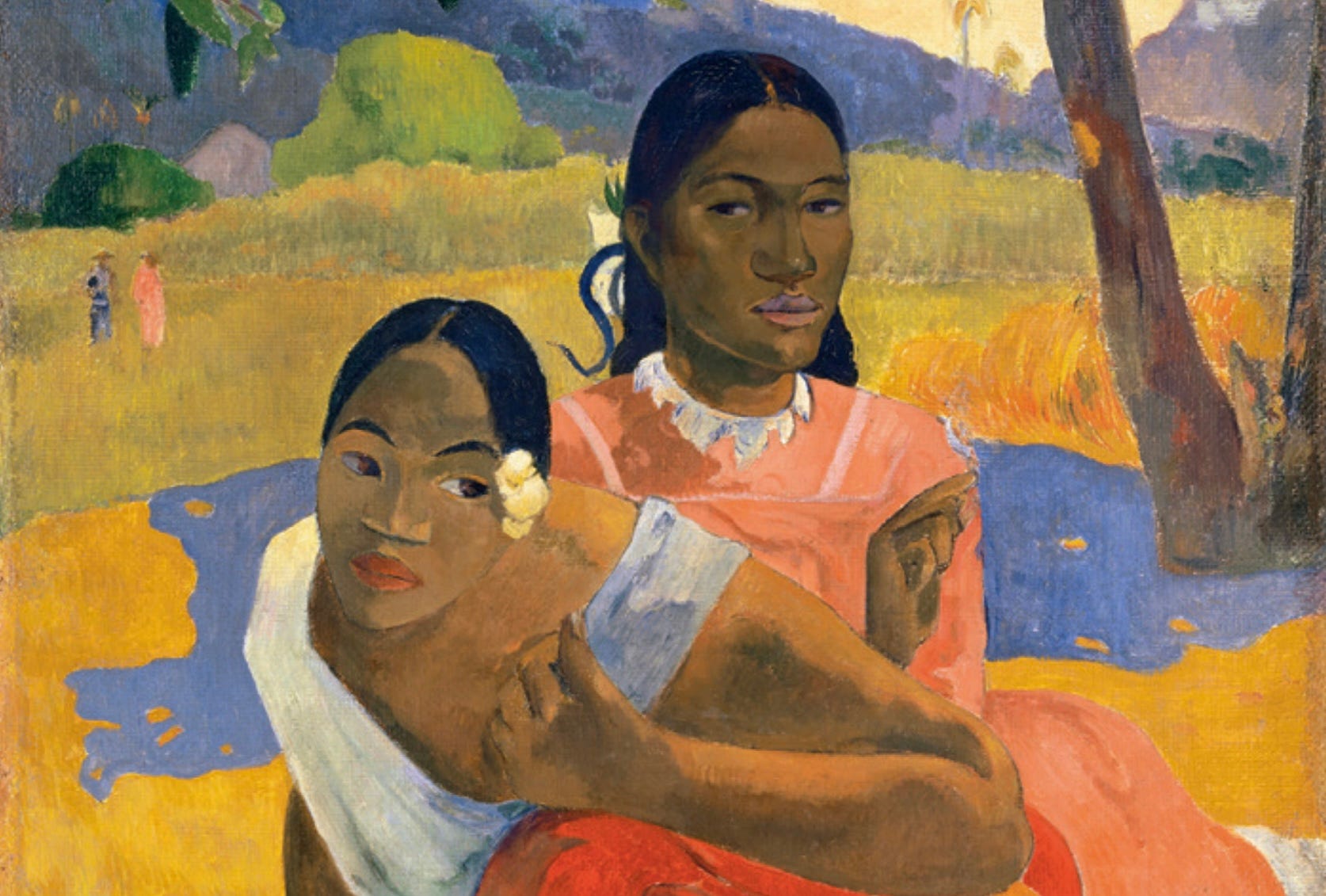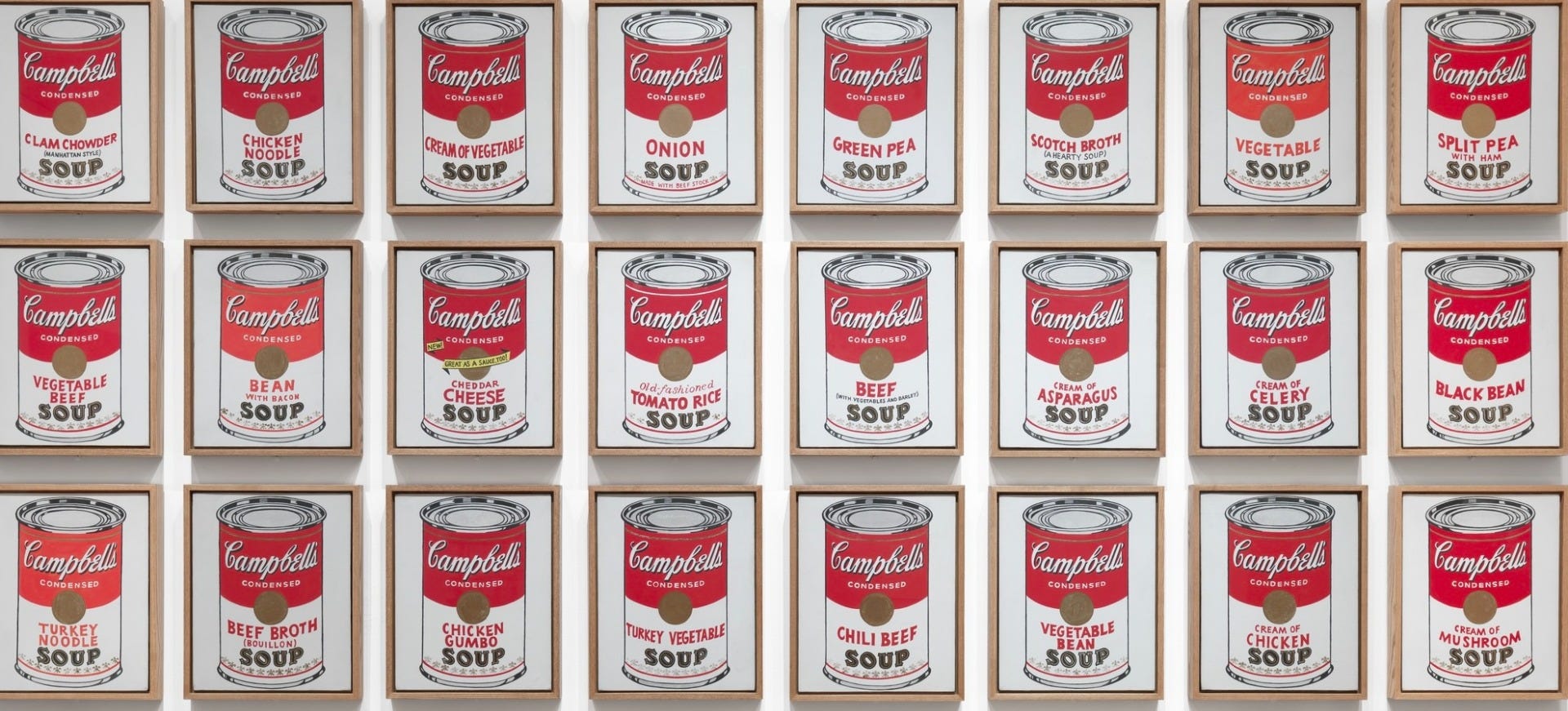Josephine Baker and Frida Kahlo: A Fabulous Romance
- Jun 12, 2024

Image: Nickolas Muray, “Frida Kahlo on a Bench,” carbon print, 1938. Photo: © Nickolas Muray / Courtesy of The Jacques and Natasha Gelman Collection of 20th Century Mexican Art / The Verge, Nickolas Muray Photo Archives.
In 1939, the worlds of Frida Kahlo and Josephine Baker collided in a way that broke barriers and defied societal norms. These two brilliant artists, both trailblazers in their own right, found solace and inspiration in each other amidst the backdrop of a world that was often against them.
Meeting in Paris
Reportedly meeting in Paris in 1939, Frida Kahlo and Josephine Baker’s connection came at a pivotal time in both their lives. Kahlo, married to the womanizing Diego Rivera, had endured immense turmoil and pain. Her move to Paris marked a significant change in her fortune. Meanwhile, Josephine Baker, flourishing in Paris, was working for the French Military Intelligence agency. Although the details of their relationship remain shrouded in mystery, their romance has been immortalized in the film “Frida,” showcasing the powerful bond they shared.
The Development of Two Master Artists
Paris in 1939 was a city rife with challenges, yet it was also a place of incredible opportunity for Kahlo and Baker. After her tumultuous marriage with Diego Rivera, Frida Kahlo arrived in Paris to display her work at the Louvre. Her painting, “The Frame,” gained significant attention and was the first piece by a 20th-century Mexican artist to be purchased by the museum, marking a milestone in her career.
Josephine Baker, during this time, served as an “honorable correspondent” for French Military Intelligence. Her ability to gather crucial information about German troop movements at her lavish parties showcased her versatility and bravery. Despite the war, Baker’s music career soared, solidifying her status as a celebrated performer.
Breaking Down Barriers
The early 20th century was not kind to the LGBTQ+ community. Both Frida Kahlo and Josephine Baker were openly bisexual and lived authentically in a time when societal norms were rigid and unforgiving. Kahlo often dressed in men’s clothing and was unapologetically herself, while Baker’s son, Claude, confirmed his mother’s bisexuality, reflecting her defiance of conventional expectations.
Their courage to live genuinely and their refusal to conform made them icons not just in their respective fields but also in the fight for social and sexual freedom. Their relationship, though discreet, symbolized a powerful statement against the prejudices of their time.
Why Their Relationship Was Important
In fields traditionally dominated by men, both Kahlo and Baker not only survived but thrived. They shattered expectations and surpassed societal constraints through sheer determination and talent. Amid rising racism and bigotry, these two women—Kahlo, a Mexican artist, and Baker, a black singer—both bisexual, became internationally acclaimed and respected figures in their arts.
Their bond highlighted that greatness knows no boundaries of race, gender, or sexual orientation. Their triumphs over adversity and their commitment to authenticity provide a powerful lesson in resilience and the importance of staying true to oneself.
Conclusion
The romance between Frida Kahlo and Josephine Baker is a testament to their extraordinary lives and their unyielding spirit in the face of societal challenges. Their story is not just one of personal affection but a broader narrative of breaking barriers and redefining norms. As icons of art and music, their legacy continues to inspire and teach us about the power of love, authenticity, and courage.








